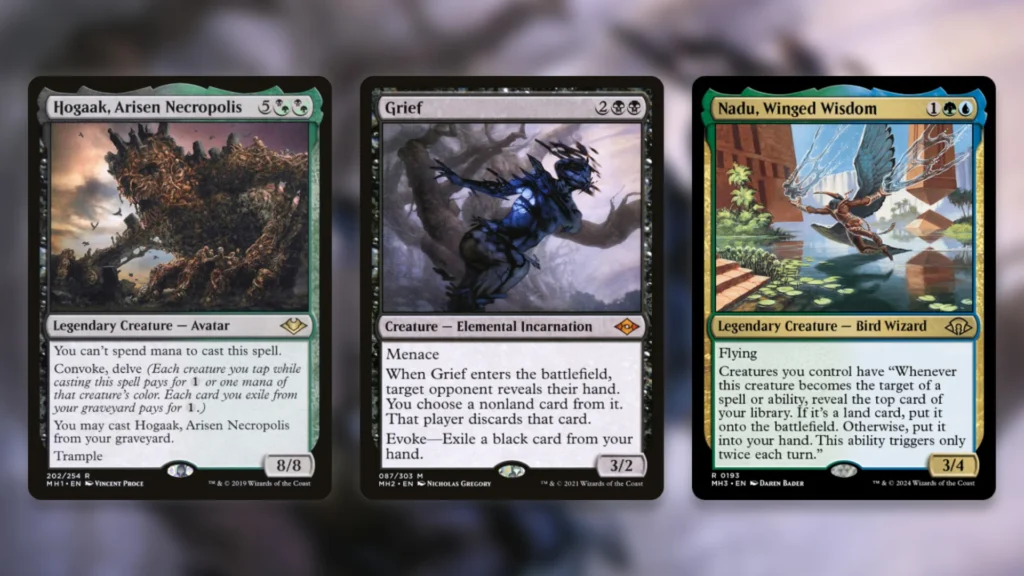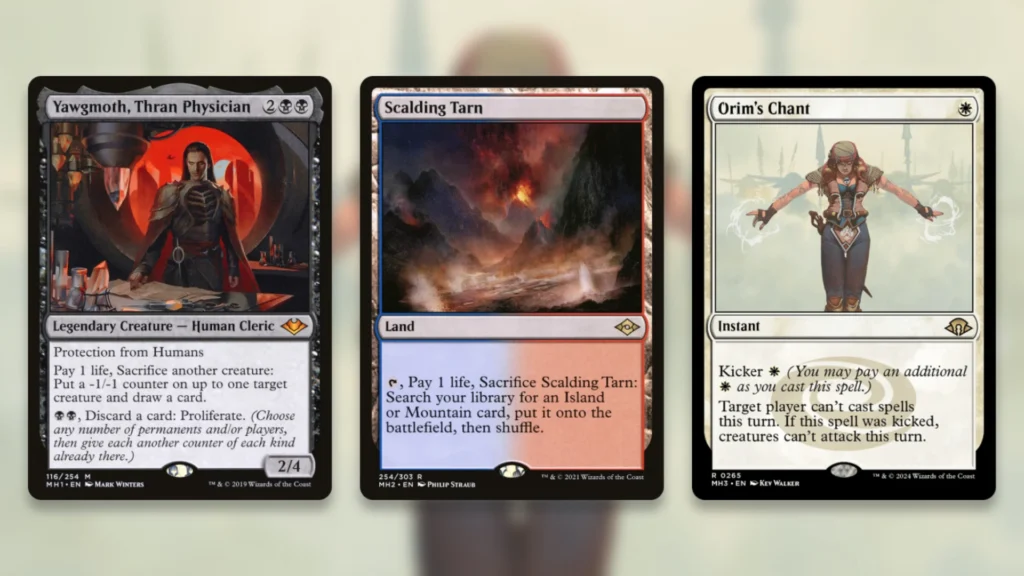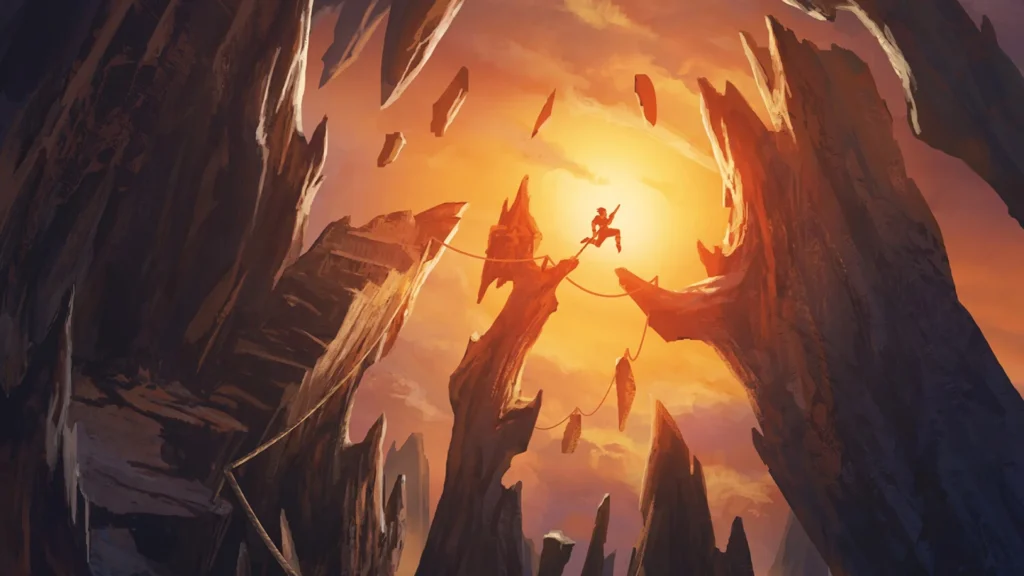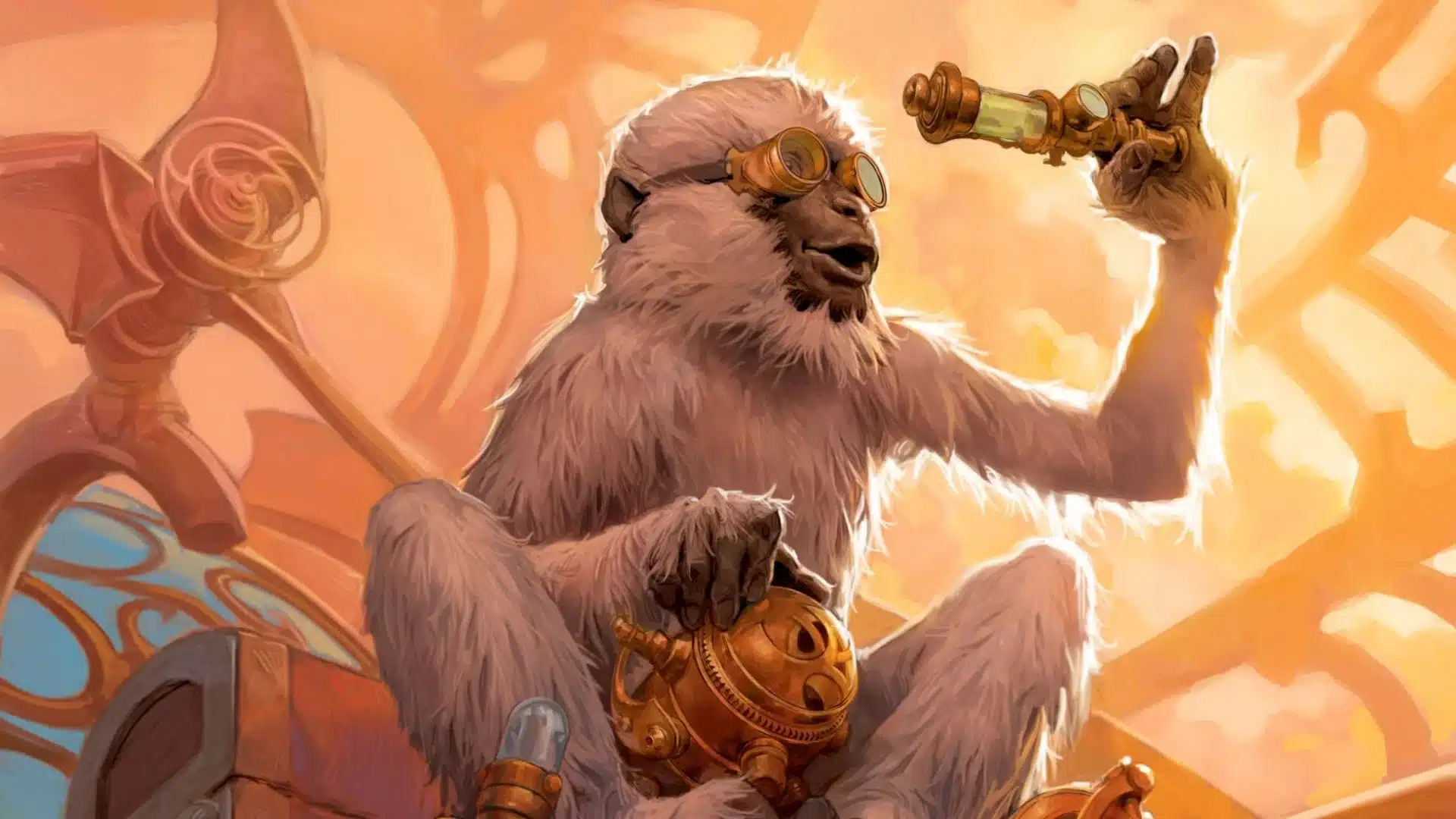Ever since they made their MTG debut back in 2019, direct-to-Modern sets have been hugely controversial. The idea of circumventing Standard, and therefore avoiding breaking Magic’s premier format with powerful cards, was an interesting one. Unfortunately, in practice, these sets have typically done more harm than good. From format-breaking cards to overly homogeneous staples, few would argue that these sets were a positive for Modern. Fewer still would likely miss them if they were gone.
This year, the idea of the direct-to-Modern set has taken some serious hits. With Universes Beyond now being fully Standard-legal, these sets will no longer be direct-to-Modern releases. On top of that, Mark Rosewater has revealed this week that Wizards is moving away from direct-to-Modern sets in general. For those sick of seeing Modern Horizons cards dominate the format, this is fantastic news.
No More Direct-To-Modern Sets For MTG?

“The vast majority of the cards aren’t relevant to constructed tournament play, and the bigger the format, the smaller the number of new cards relevant to that format (barring things like direct-to-Modern sets which we are moving away from).”
Mark Rosewater, via Blogatog
Despite feeling like a throwaway line in context, this is actually a pretty important piece of news. While direct-to-Modern sets haven’t had great press lately, there wasn’t much indication that Wizards was actually actively pulling back on them. Now, we know that they are.
In many ways, this is great to hear. With the exception of Assassin’s Creed, every direct-to-Modern set has caused major problems for the format in one way or another. Modern Horizons 1 plunged the format into Hogaak Summer. Modern Horizons 2 gave us Grief, creating the hideously unfun Rakdos Scam strategy. The Lord of the Rings gave us The One Ring, which was dominant pretty much everywhere. Modern Horizons 3 added Nadu, a card that was problematic not just in Modern but in Commander, too.
All of these cards upended Modern for a while and eventually caught bans as a result. Beyond just being far too efficient, they also pushed deeply problematic play patterns. While their respective decks were around, players started gravitating away from Modern.
Even beyond the clear balance outliers, direct-to-Modern sets don’t have a great track record. The cards within them tend to be so powerful that they essentially ‘rotate’ the format on release. Just look at how much of Boros Energy is made up of Modern Horizons cards for a perfect example of this. Magic is a game about player creativity first and foremost, and that aspect is lessened greatly when the best decks in a format essentially build themselves from a small range of sets.
Not All Sunshine

Of course, there are two sides to every story. While direct-to-Modern sets are unpopular with a lot of MTG players, they absolutely have their place in the game’s overall ecosystem.
For starters, they allow for the kind of experimental, boundary-pushing design that just isn’t possible in Standard sets. Rosewater has referred to the Modern Horizons series as a new take on Time Spiral block recently. This is a beloved block for the way it mixes and matches elements of Magic’s past in fun new ways, and Modern Horizons does the exact same thing. All planes, mechanics, and characters are on the table here, which makes them hugely exciting as possibility spaces.
Direct-to-Modern sets are also a great outlet for reprints. Each Modern Horizons set has included a fantastic suite of classic reprints, from a wide range of sets. Modern Horizons 3 featured Phyrexian Tower, Toxic Deluge, and Orim’s Chant, to give just a few examples. Not only do these reprints improve card access, but they also add the cards to Modern, which gives them much more relevance in the current game. With Masters sets looking unlikely in the future, losing direct-to-Modern sets as an alternative outlet stings.
For those who value these aspects higher than those discussed above, there is a ray of hope. In a follow-up to the Blogatog post where he broached the topic of direct-to-Modern sets, Rosewater added a small clarification: “The plan is to do a lot less of them. That doesn’t necessarily mean zero.”
While this is pretty vague, it does imply that direct-to-Modern sets aren’t totally out of the picture just yet. That said, “a lot less” of something we’ve pretty much only had once a year so far does not sound like very much at all.
Other Paths To Tread

This shelving of direct-to-Modern sets creates a bit of a vacuum in the MTG products sphere. The services these sets provide are still very much valuable for players, so Wizards will need to pursue an alternative that achieves similar ends.
Looking at the current product lineup, there really aren’t many good options available. With Masters sets also out of the picture, reprints are mostly confined to mainline sets and bonus sheets. In both cases, Wizards is heavily restricted, whether it’s by theme or power level.
Full-on Commander precon sets, like Doctor Who and Fallout, are one alternative option here. They don’t add new cards to Modern, but they do allow Wizards to get a bit more daring in terms of design. They also offer a lot more new card slots than typical Standard-set-aligned precons. With Universes Beyond exploding in prominence right now, this may be the most likely solution to Wizards’ problem.
Another option would be to expand the role of Jumpstart sets. When done properly, a la Foundations Jumpstart, these serve as fantastic reprint outlets and a place for powerful new eternal-legal designs. We already know that Avatar will be getting a Jumpstart release in this vein, so that’s a great start. Perhaps we could even see a standalone Jumpstart set again soon, like the 2020 and 2022 versions.
Whichever route Wizards choose to take, we’ll likely know about it pretty soon. Rosewater has all but confirmed a seventh set for 2026, and MagicCon: Atlanta, where such a set could well be revealed, is just a week away.
Stick with us here at mtgrocks.com: the best site for Magic: The Gathering coverage!

